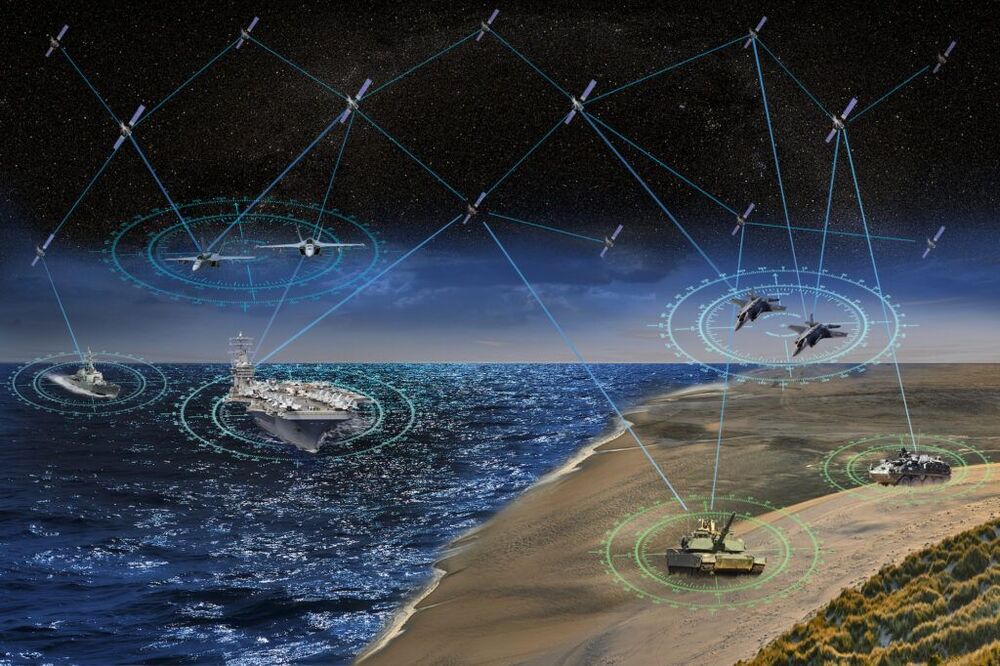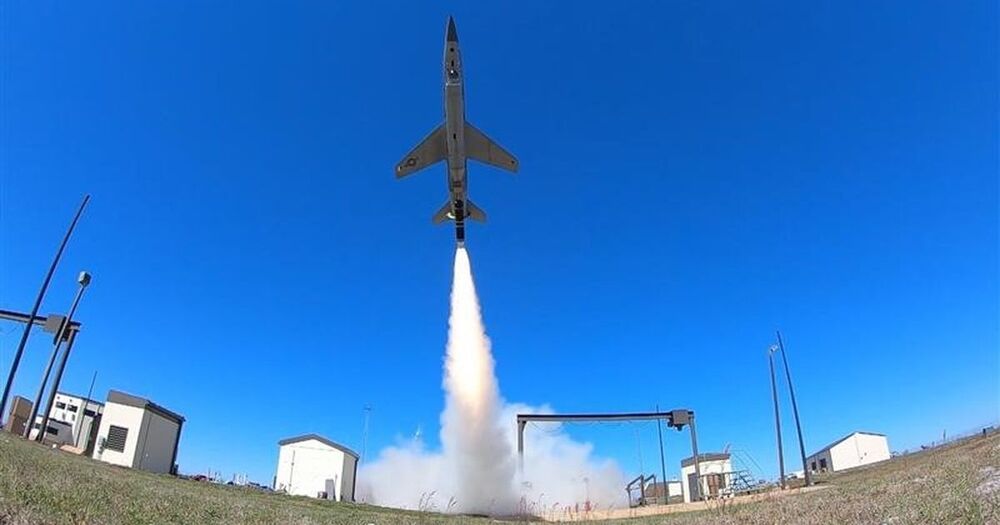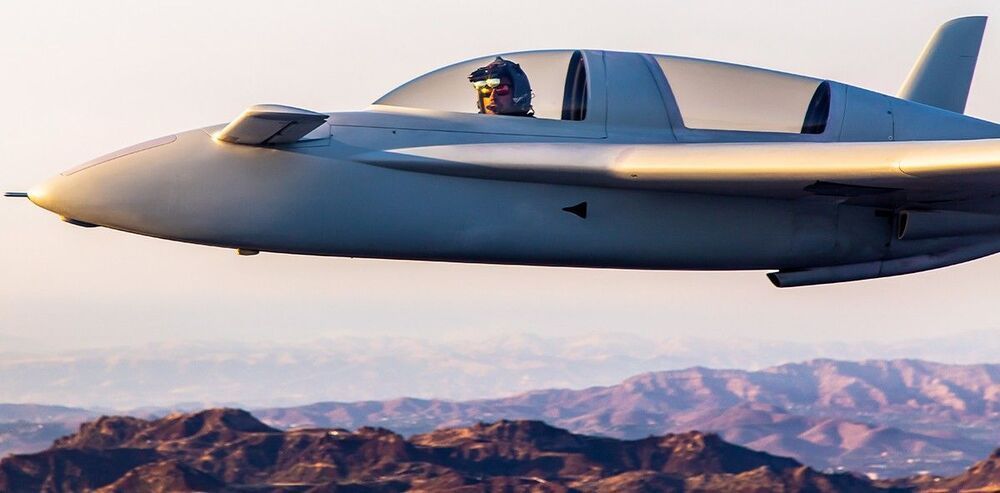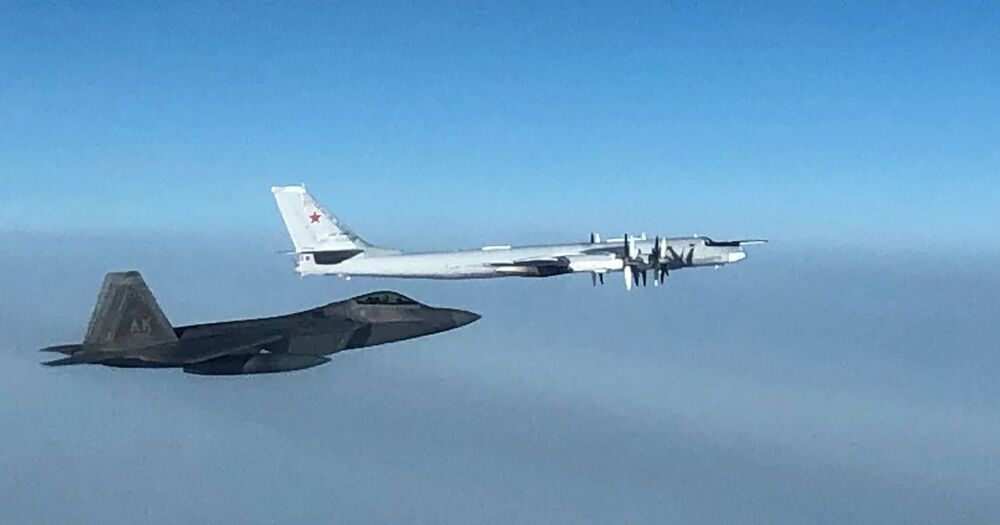DARPA awarded Northrop Grumman a $13.3 million contract to provide positioning, navigation and timing (PNT) payloads for the Blackjack program.
WASHINGTON — The Defense Advanced Research Projects Agency awarded Northrop Grumman a $13.3 million contract to provide positioning, navigation and timing (PNT) payloads for the Blackjack program.
Blackjack is a DARPA project to demonstrate the military utility of small satellites in low Earth orbit to provide communications, missile warning and PNT. Northrop Grumman’s contract was awarded April 28, according to sam.gov.
The company will supply two payloads that broadcast a new signal that is not dependent on the Global Positioning System.








